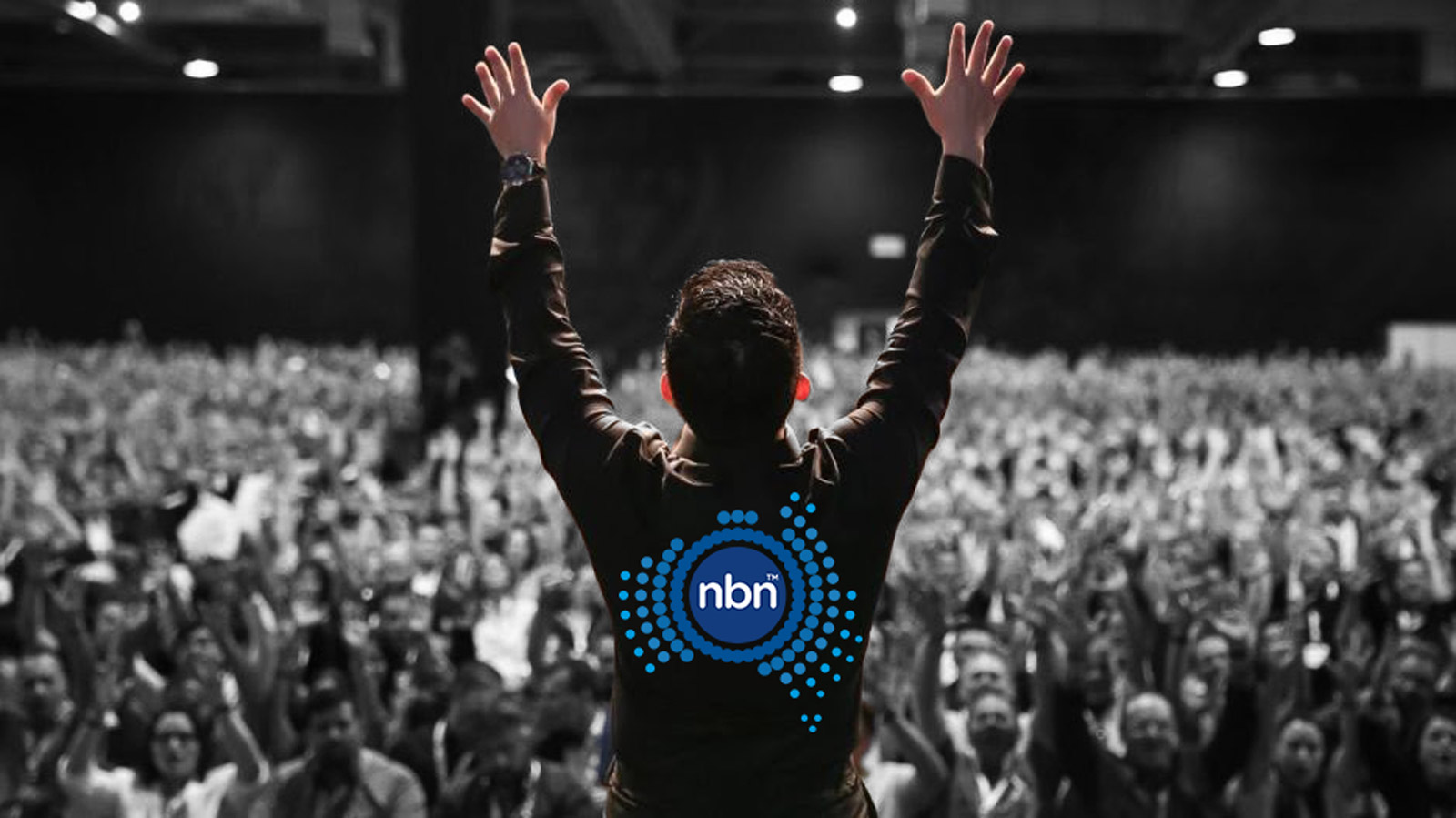NBN Co has confirmed price cuts for faster plans, but will providers pass them on?
Wholesale costs of 100Mbps+ services are set to drop, but some telcos aren't planning to pass them on

NBN Co and the Australian Competition and Consumer Commission (ACCC) have today, October 17, announced a new roadmap that provides greater certainty for consumers regarding pricing and service improvement, between now and 2040.
The news comes as a result of the ACCC accepting the latest revision of the NBN Co’s Special Access Undertaking (SAU). The SAU “sets the rules for how broadband providers will access the NBN,” and the ACCC has previously rejected a couple of previous revisions, the most recent being in May 2023.
But, Australia’s consumer watchdog is now satisfied with the changes the NBN Co has made, and the latest SAU revision will come into effect from December 1, 2023.
Price increases coming, but with greater transparency
We’ve previously reported on an inevitable price increase, most notably on the 50Mbps NBN 50 speed tier — by far the most popular currently in Australia — and at that time, speculated the increased cost to consumers would be around AU$5p/m. Telstra, so far, has been the only NBN provider to effectively confirm that speculation, announcing that the cost of its NBN 25 and NBN 50 plans will indeed be increasing by AU$5p/m from November 1 (a whole month before the NBN Co’s revised SAU is meant to come into effect).
It seems that will likely be the case across the board, as the NBN Co has said it will retain the AU$50 wholesale ‘floor’ price of the 50Mbps tier, and set a maximum ‘ceiling’ price of AU$55. This AU$55 figure applies to 12, 25 and 50Mbps plan across fixed-line and fixed-wireless NBN services. However, the NBN Co does state the maximum ceiling price figure applies to FY24, so it may be the case it’s raised further in the future.
We’ve yet to see any other retail service provider (RSP) announce any pricing changes to their plans, but we’ll update this article — and potentially have to reassess our best NBN plans round-up — as soon as we know more.
The NBN Co and the ACCC have also agreed that any annual wholesale price increases can be no more than the change in the consumer price index. This rule applies until “NBN Co’s revenue reaches efficient costs,” which is estimated to be around 2030.
Get instant access to breaking news, the hottest reviews, great deals and helpful tips.
Price decreases also confirmed
The potentially more appealing news for consumers is that price decreases have also been confirmed for all other speed tiers. This includes 25Mbps broadband, as well as 100Mbps plans and faster.
Price reductions of the minimum charges of 100Mbps services and faster are said to be between AU$3 and AU$10, whilst an AU$11 per month reduction has been laid out for the NBN 25 speed tier.
It’s said these decreases will be possible due to the offset provided by the increase in cost on the popular 50Mbps tier.
However, for now, these decreases apply to the wholesale cost. It’s not yet confirmed if telcos will reduce the cost of their plans in line with them. Having said that, Telstra has confirmed a AU$5p/m decrease on its 250Mbps NBN plan, so this could provide some indication that telcos will be willing to readjust their pricing when the new changes come into effect.
This potential decrease in the end consumer cost, coupled with the promised improvements to the service (more on this below) will hopefully encourage more users to upgrade their NBN service. The NBN is continuing to roll out its free fibre upgrade program, which allows customers living in eligible areas and who sign up for an NBN 100 plan, to have the required fibre-to-the-premises (FTTP) infrastructure installed for free.
The average monthly cost of an NBN 100 plan, based on the telcos we monitor here at Tom’s Guide, currently stands at just over AU$90. If this were to decrease, even by just AU$5 for example, it would represent good value in our opinion. We’ll be keen to see how Australia’s NBN providers react to these changes in the coming months.
Commitment to service improvements
Whilst the ACCC’s most recent Broadband Performance report found the providers monitored near enough met their advertised download speeds — some even over delivered — they all experienced an outage “at most every other day.” In theory, outages should decrease and speeds could increase under the new guidelines relating to service standards moving forward.
Under the new SAU, the NBN Co has laid out a set of benchmark standards and has said it will pay rebates to retail service providers if it fails to meet them. ACCC Commissioner Anna Brakey said this commitment to service improvement “should mean that issues such as faulty services and connection delays will be addressed more efficiently.”
So, what's the takeaway from all this? There is certainly good news and bad news to take from this accepted SAU revision, but given the greater transparency and the very fact the ACCC — which has the public’s interests at heart — has approved it, we’d argue that it’s a ‘best of a bad situation’ type scenario. Yes, the popular 50Mbps speed tier will be increasing in price, but if the faster 100Mbps tier comes down in cost, it will only serve to improve our online lives at home.
More from Tom's Guide

Max is a digital content writer for Tom’s Guide in Australia, where he covers all things internet-related, including NBN and the emerging alternatives, along with audio and visual products such as headphones and TVs. Max started his career in his homeland of England, where he spent time working for What Hi-Fi? and Pocket-lint, before moving to Australia in 2018.
